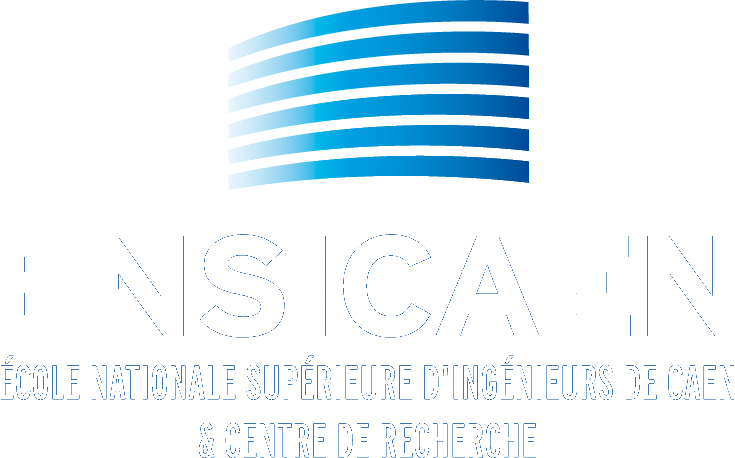Abstract:
During 1942, in the middle of the World War II, a new petroleum refining process and catalysts were developed and commercialized. This technology, called fluid catalytic cracking (FCC), and provided a dramatic improvement in capital and operating costs relative to the previous fixed and moving-bed catalytic cracking processes. Cracking is a chemical reaction in which hydrocarbons are cut into shorter fragments. Acidic zeolites play a central role in petrochemical refining, catalyzing in particular the cracking of alkanes, a major reaction in the production of fuels from crude oil by fluid catalytic cracking.[1-3] The reaction mechanism for a monomolecular cracking has been thoroughly investigated both theoretically and experimentally. At low conversion (< 5%), these reactions mostly occur through monomolecular cracking, where the alkane is protonated by a zeolite acid site and undergo subsequent C-C bond scission.[4] Mechanistic studies of these reactions are complicated by the interplay between adsorption, which governs the concentration of alkane – active sites complexes and their bond-breaking kinetics. Hence, conventional catalytic activity testing only allows for the measurement of an apparent cracking rate constant kapp = Kads kint, which lumps the alkane adsorption equilibrium constant Kads and the intrinsic rate constant kint. Currently, the experimental determination of the intrinsic activation energy Ea and activation entropy DS‡ requires an independent evaluation of the adsorption parameters DadsH and DadsS using extrapolations from low temperature adsorption measurements.[5-7] The responsible factors for the monomolecular cracking of alkanes by acidic zeolites are still not fully understood because the apparent rates are governed by both thermodynamic and kinetic parameters namely the equllibrium coverage of the acid sites by the alkane and the intrinsic cracking rate of the alkane adsorbed on the acid sites. Recent experimental [8,9] and theoretical [10,11] studies suggests that the increase of the cracking rates with the alkane size is mostly governed by the entropy of activation, DS‡. However no study to our knowledge has determined the cracking rates while simultaneously measuring the coverage of the active sites at reaction conditions, which is key for the quantitative determination of the intrinsic reaction parameters. The objective of the present study was to determine experimentally the coverage of the H-ZSM-5 acid sites by light alkanes (C3-C7) at reaction conditions, hence allowing determination of the intrinsic cracking rate parameters directly.
Keywords: alkane · intrinsic rate · IR operando · monomolecular cracking · zeolite
References
[1] W. Vermeiren, J. P. Gilson, Top. Catal. 2009, 52, 1131-1161.
[2] T. F. Degnan, Top. Catal. 2000, 13, 349-356.
[3] W.-C. Cheng, E. T. Habib, K. Rajagopalan, T. G. Roberie, R. F. Wormsbecher, M. S. Ziebarth, in Handbook of Heterogeneous Catalysis, Wiley-VCH Verlag GmbH & Co. KGaA, 2008.
[4] W. O. Haag, R. M. Dessau, in Proceedings of the 8th International Congress on Catalysis, Vol. 2, Verlag Chemie, Weinheim, 1984.
[5] J. A. van Bokhoven, B. A. Williams, W. Ji, D. C. Koningsberger, H. H. Kung, J. T. Miller, J. Catal. 2004, 224, 50-59.
[6] F. Eder, J. A. Lercher, Zeolites 1997, 18, 75-81.
[7] F. Eder, M. Stockenhuber, J. A. Lercher, J. Phys. Chem. B. 1997, 101, 5414-5419.
[8] A. Bhan, R. Gounder, J. Macht, E. Iglesia, J. Catal. 2008, 243, 221-224.
[9] R. Gounder, E. Iglesia, Acc. Chem. 2012, 45, 229-238.
[10] T. Bucko, L. Benco, J. Hafner, J.G. Angyn, J. Catal. 2011, 279, 220-228
[11] D.C. Tranca, N. Hansen, J.A. Swisher, B. Smit, F.J. Keil, J. Phys. Chem C. 2012, 116, 23408-23417
- Presentation




 PDF version
PDF version

